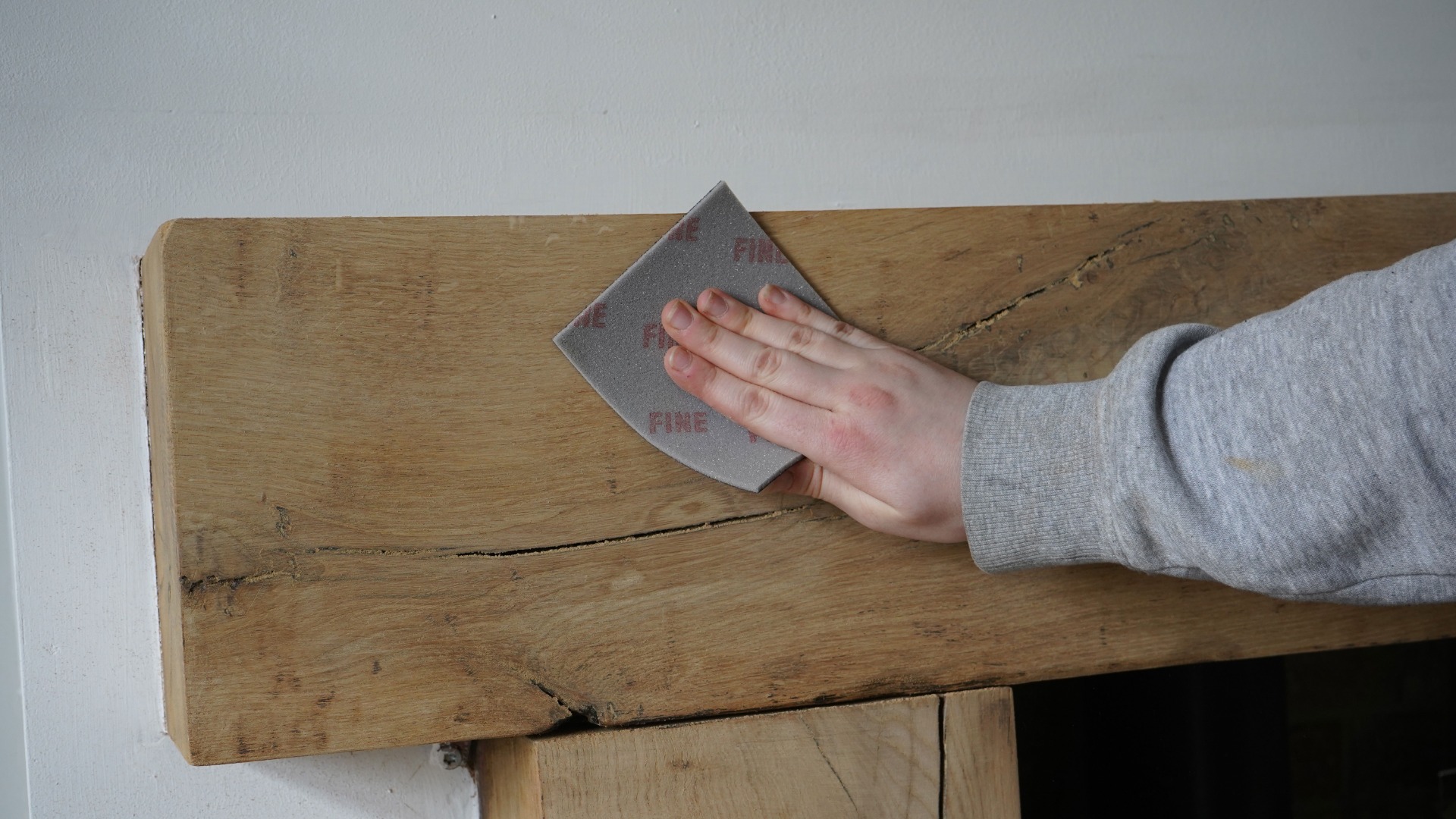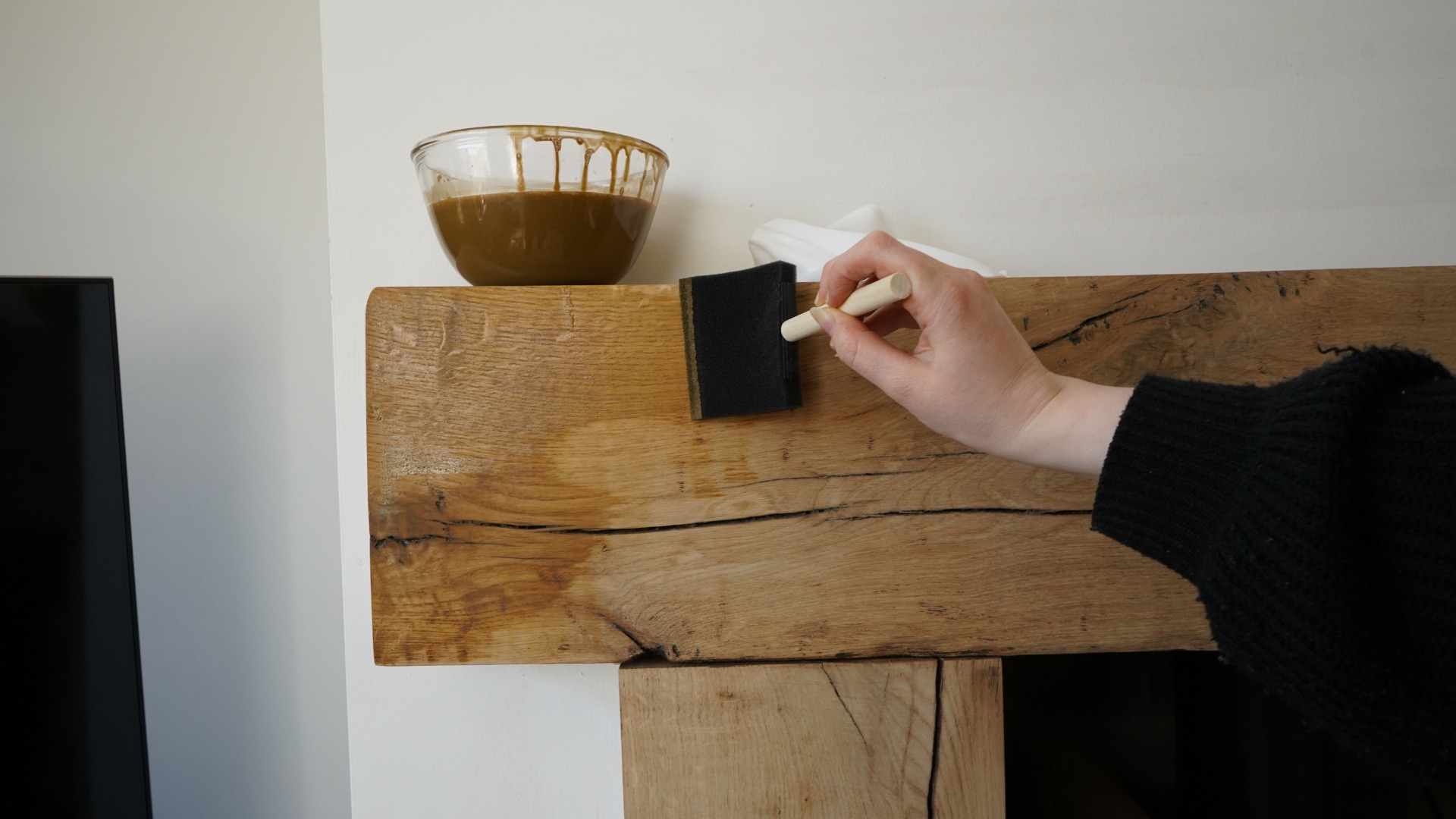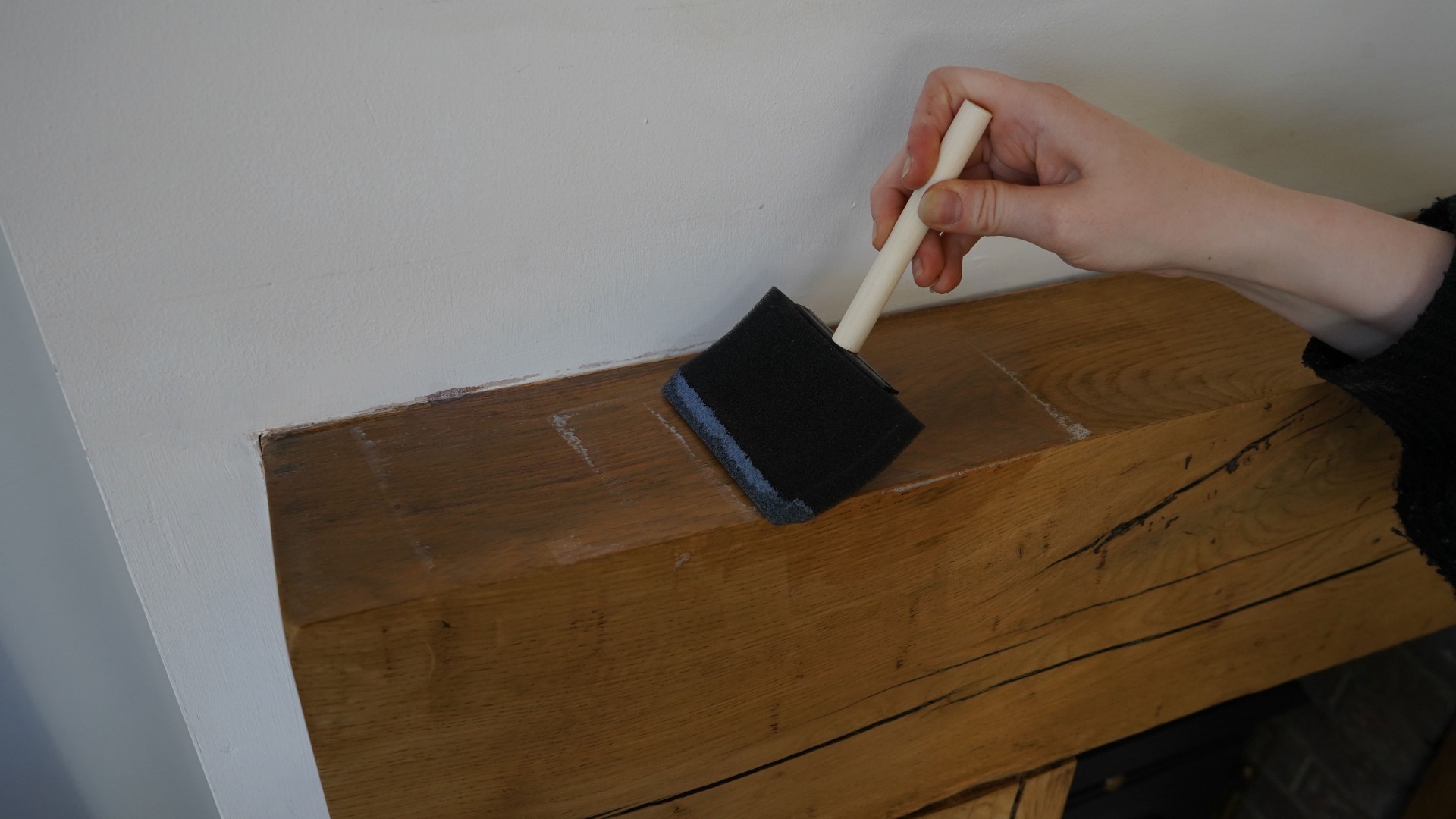-
You have no items in your shopping cart.


When it comes to achieving a long-lasting, professional finish on any wooden surface, correct preparation is essential. Whether you're restoring antique furniture, treating wooden flooring, or starting a DIY upcycling project, it is important to properly prepare the wood before staining, oiling, or waxing. Skipping or rushing this step can lead to uneven colour and a poor finish overall.
In this guide, we’ll walk you through how to prepare wood correctly and the products you’ll need for the job.
Wood is a natural material that varies in grain, porosity, and colour. Surface contaminants like old finishes, dust, and oils can prevent new treatments from adhering properly. Proper preparation:
Ensures even absorption of stain, oil, or wax.
Makes it easier to apply finishes.
Prevents blotching, streaking, or patchy finishes.
When staining any type of wood, all finishes need to be removed completely to ensure that the wood can absorb the stain. The preparation method will vary depending on the type of wood that you are working on. Follow the relevant steps below for your project.
New Wood
Brand new wood needs to be sanded first to create a lovely smooth finish prior to applying Wood Stain. Sand first with P120 grit sandpaper, then with a #60 Coarse Sanding Pad (P240 grit sandpaper). This process will help even out the surface, creating a lovely smooth finish for Wood Stain to absorb into.
When applying wood stain, Use a #100 Fine Sanding Pad (P320 grit sandpaper) in between coats.

Used Wood
If the wood is old or used, it may be painted, stained, or varnished. If so, remove any old coatings using a Paint & Varnish Remover first. Or sand back with coarser paper (P80 grit These coatings will prevent the Wood Stain from soaking into the wood. If the wood has been treated with an oil or wax, wipe the surface down with thinners or mineral spirit to remove this. After removing the old finish, sand smooth with a #100 Fine Sanding Pad
Pine & Softwoods – Once you have prepared the surface as above you should apply a Pre-Stain Conditioner. This is because softwoods absorb wood stains in an uneven fashion and could come out blotchy once stained.
In all instances, ensure the surface is clean and any saw dust or dirt has been removed before applying the Wood Stain.
When sanding, always sand with the grain of the wood. Doing so helps avoid unsightly scratches that could become more apparent once the finish is applied.

Wood Varnish needs to be applied to a smooth surface with no finishes applied. Ensure the wood is sanded correctly following the instructions for ‘used wood’ above. New wood should also be wiped down with Methylated Spirit if needed.
If you’re staining the wood, ensure the wood is prepared correctly before staining, then you can then simply apply the varnish directly on to the stain once dry.
There are many oils designed to seal, protect, and finish wooden surfaces such as Danish Oil, Teak Oil, and Pure Tung Oil.
When restoring new or old items of wood, it is important that you remove all previous oils, waxes or finishes before applying an Oil. Ensure that you sand the surface smooth by working your way up the sandpaper grits.
Use our Wood Cleaner to clean the wood if needed. The Wood Cleaner will remove dirt, grease and any build-up of old waxes or polishes on the wood's surface.
Wood Waxes can be applied to both untreated and treated wood, depending on the type of Wax used. We’ll explain the preparation process for each of our waxes below.
Our Beeswax Polish is suitable for use on both unfinished wood and on top of varnished or oiled surfaces. The only step needed to prepare the wood for waxing in this instance is to ensure that it is clean and dust-free. When applied on top of wood that has already been oiled or varnished, the Beeswax Polish will provide further protection and shine.
This type of Wood Wax Polish soaks into the wood, providing nourishment and enhancing the grain, and is therefore best applied to unfinished wood (i.e. not treated with an oil, varnish, or paint). If the surface has been treated, remove the old coatings and sand smooth.
For further information on how to apply our products, visit the instructions section on each of our product pages or watch our videos.